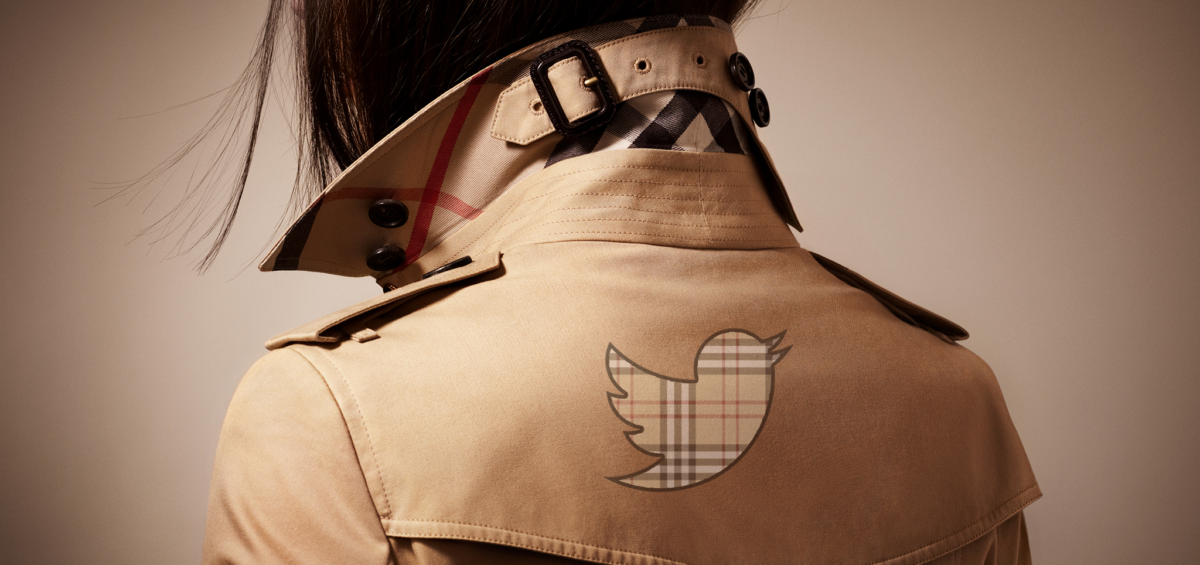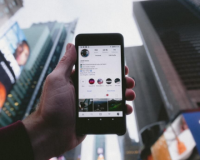As a brand, Burberry can come across as a contradiction in terms. The company has historically represented old-world British charm, elegance and refinement. Its use of timeless fabrics like tartan, and enduring styles such as its signature trench coat, give the impression of a brand that is quite comfortable with its place in the market. But as we’ll soon see, its recent marketing efforts have been quite at odds with its conservative and traditional reputation.
A Brief Marketing History of Burberry
At 21 years of age, Thomas Burberry, a former draper’s apprentice, opened his first store in Basingstoke in 1856. After gaining a solid foothold in the local market, he made a name for himself in 1880, after introducing gabardine to the public – a waterproof yet breathable fabric perfect for the often inclement British weather.
Burberry’s big break, however, came off the back of World War I. The British war office requested that the company adapt one of its most popular lines, the officer coat, to cope with the challenges presented by the recently developed tactic of trench warfare. The design worked beautifully, and after supplying an incredible amount of uniforms to the armed forces, they released it to the general public at the conclusion of the war, to huge success. The trench coat continues to be Burberry’s most iconic line, and biggest seller, to this day.
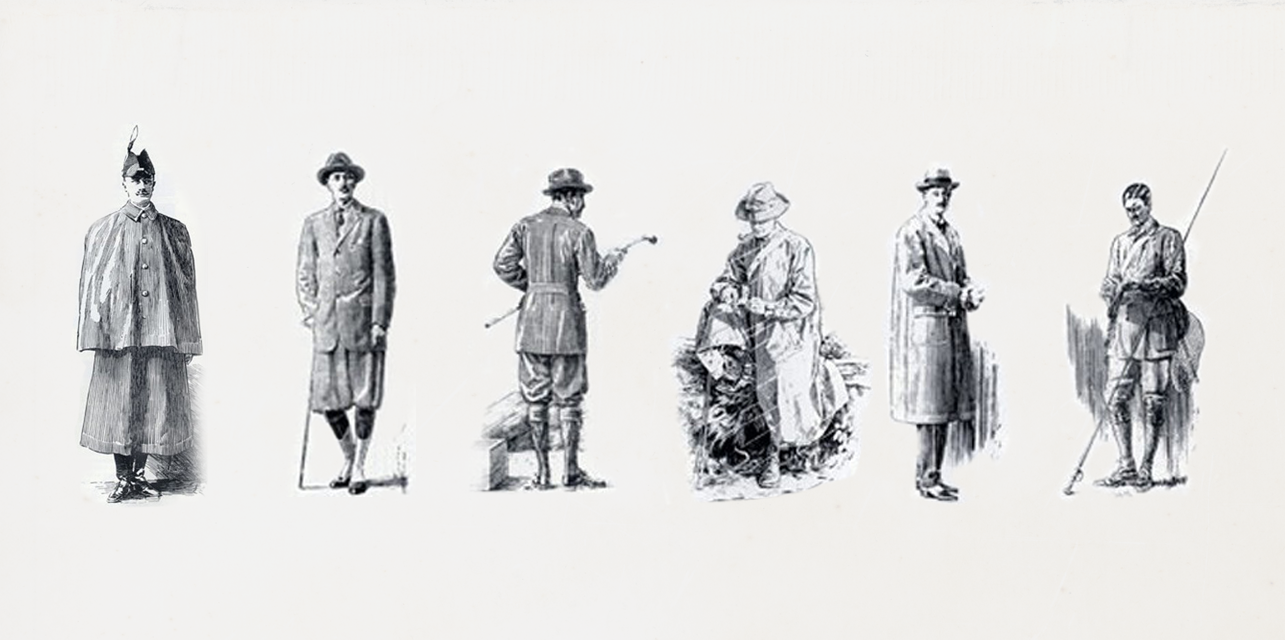
Through the 20th century Burberry focussed on maintaining this brand perception of elegance and refinement, employing the likes of Audrey Hepburn, Humphrey Bogart and Ronald Reagan as brand ambassadors. Up until the late 90s, its place as one of the most iconic British fashion houses was without question.
That all changed with the arrival of the new millennium. An influx of counterfeit Burberry goods entered the market, and were a huge hit with chavs (lower class, often welfare-dependent Brits) and football hooligans alike. In some cases, Burberry patterned clothing was banned from football grounds. The association with Burberry and such unenviable clientele was hugely damaging for the brand. The stock price fell dramatically. Something needed to change.
Burberry’s current success can be traced back to 2006. A new CEO, Angela Ahrendts, was appointed, and her first move was to remove the iconic Burberry check pattern from all but 10% of the brand’s designs, to minimise the association with hooliganism. She also announced that Burberry would aim to be the world’s first fully digital luxury company; an incredible statement from a company so steeped in history and tradition.
So, have Burberry made good on that promise over the last decade? Let’s have a look at their social media presence to find out.
The Burberry Social Strategy
Over the last decade, Burberry have put a heavy focus on digital marketing. Over 60% of their marketing budget is now spent on digital media, a percentage that comfortably outdoes every other luxury fashion brand. Over the years their social channels have become the centrepiece of this digital strategy, with Facebook, Twitter and Instagram forming their main points of focus.
This focus has been generously rewarded, with Burberry sitting in the top 3 most followed luxury brands on Facebook and Twitter, and in the top 10 on Instagram. No mean feat when you’re competing with the likes of Chanel, Dior and Gucci; noted luxury brand superpowers.
Burberry have worked hard to create a uniform look across all of their social platforms. The content that they use across their accounts, while similar, is subtly optimised to cater to the strengths of each platform; using the live streaming abilities of Facebook, saving artfully minimalist photos for Instagram, and posting the material that will promote audience engagement on Twitter.
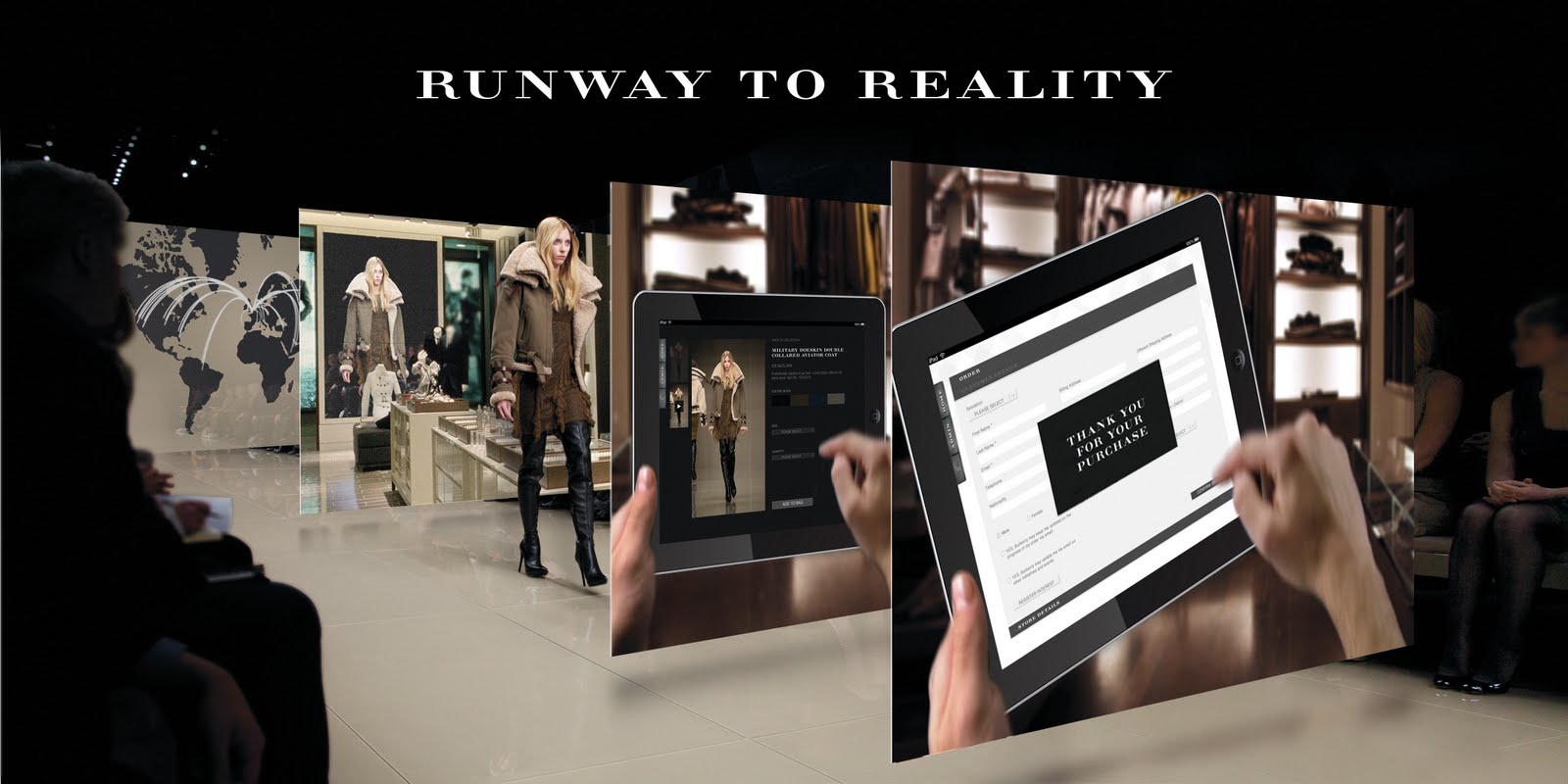
Facebook is Burberry’s most popular account, with over 17 million likes. This puts them only marginally behind Louis Vuitton (18 million) and Chanel (17 million) in terms of most followed luxury brands, and, up until recently, they very much owned top spot. Burberry posts quite sparingly, averaging an update every 3-4 days.
The content Burberry use for Facebook is essentially a highlights package of their Twitter feed. They save it for large announcements, or high production value videos. The engagement is solid, with each post enjoying a few thousand likes, although it must be said that this communication is very much one way – Burberry don’t appear to respond to – or even acknowledge – any of their fans’ comments. This lack of engagement could be the reason behind Burberry losing 1 million fans over the course of the last year, and may be an area that could use some improvement.
Facebook specific features are utilised well by Burberry. New lines are announced with a Facebook album’s worth of images. Burberry has also taken to live streaming catwalk shows, most notably their London Fashion Week runway.
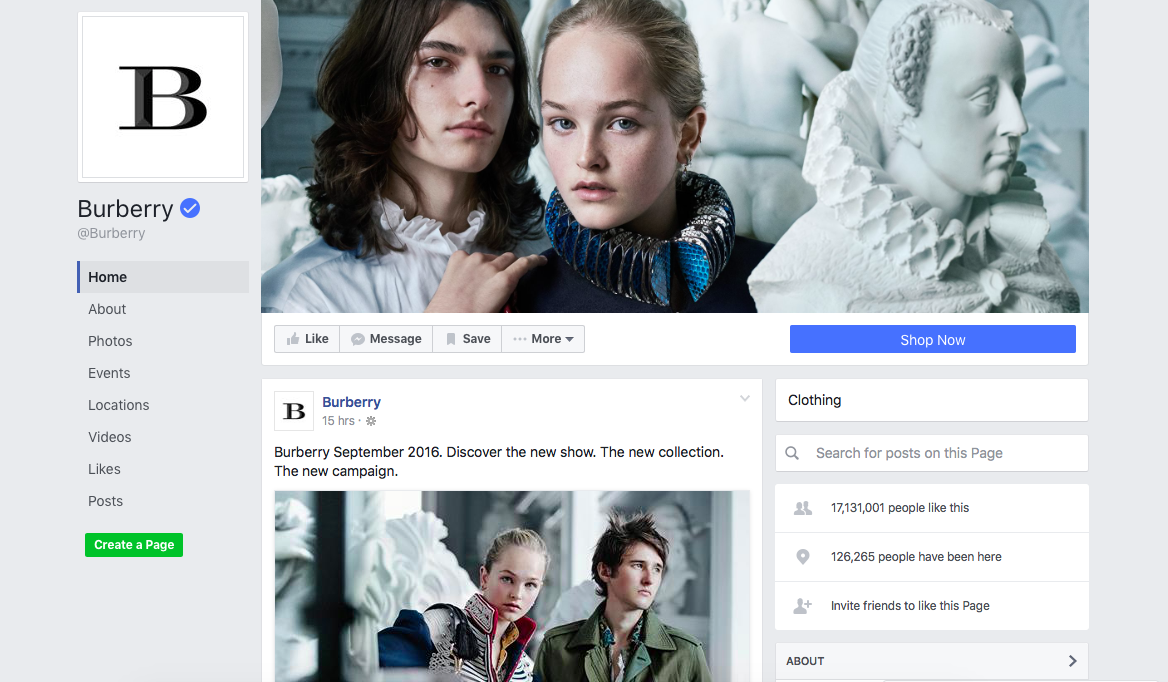
Burberry’s Facebook account – September 28, 2016
Instagram provides Burberry with perhaps the brand’s most natural social network fit. The simplicity of the minimalist platform ties in beautifully with the minimalism of much of Burberry’s content, which results in a very successful account. From 7.5 million followers, 50k+ likes and 100k+ video views isn’t an uncommon occurrence (this video, for example, has 400k+ views).
The content is beautifully created, with an almost even mix of images and videos getting uploaded daily. There is a strong focus on simple beauty, with the photos, and even videos, never too busy or complex. The healthy engagement numbers show that Burberry is doing Instagram as well as almost any fashion house out there.
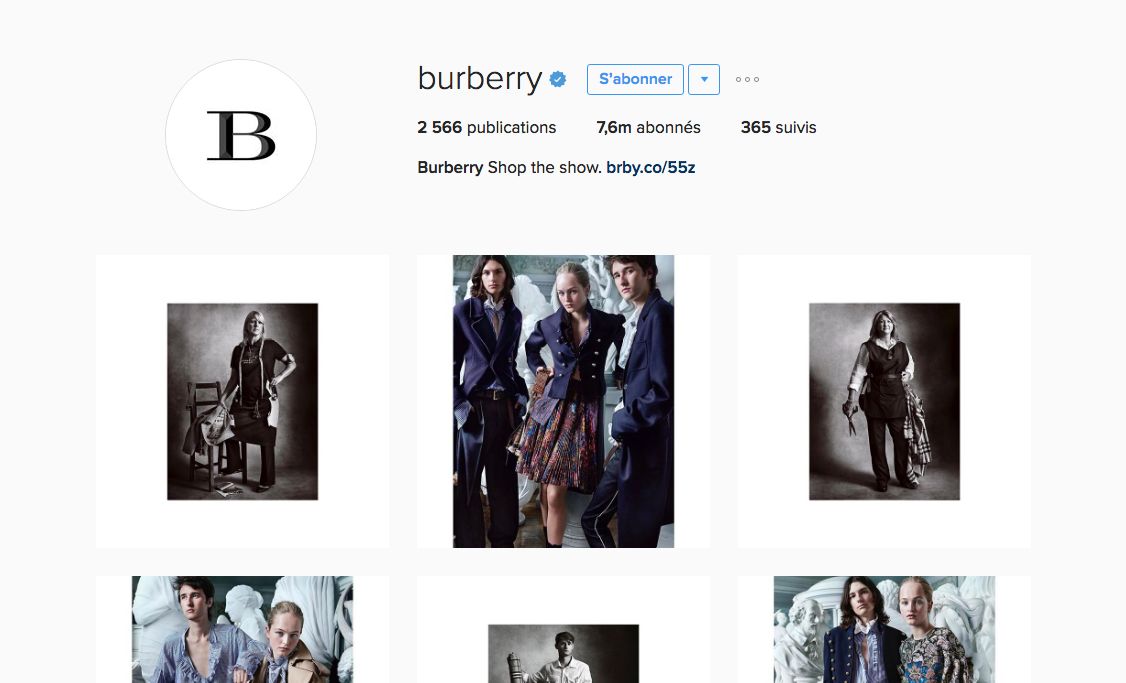
Burberry’s Instagram account – September 28, 2016
Twitter is the most active of Burberry’s social accounts, with an average of 5 posts uploaded per day. With another 7 million followers, Burberry is behind only Chanel (12 million) in terms of luxury brand Twitter audience size.
While the ‘favourite’ and ‘retweet’ numbers may appear to pale in comparison to those that the Burberry Facebook and Instagram accounts enjoy, it needs to be remembered that a retweet on Twitter is extremely valuable, getting a host of fresh eyes on the content. Burberry were also one of the first brands to make use of Twitter’s ‘Buy Now’ function, back in 2014.
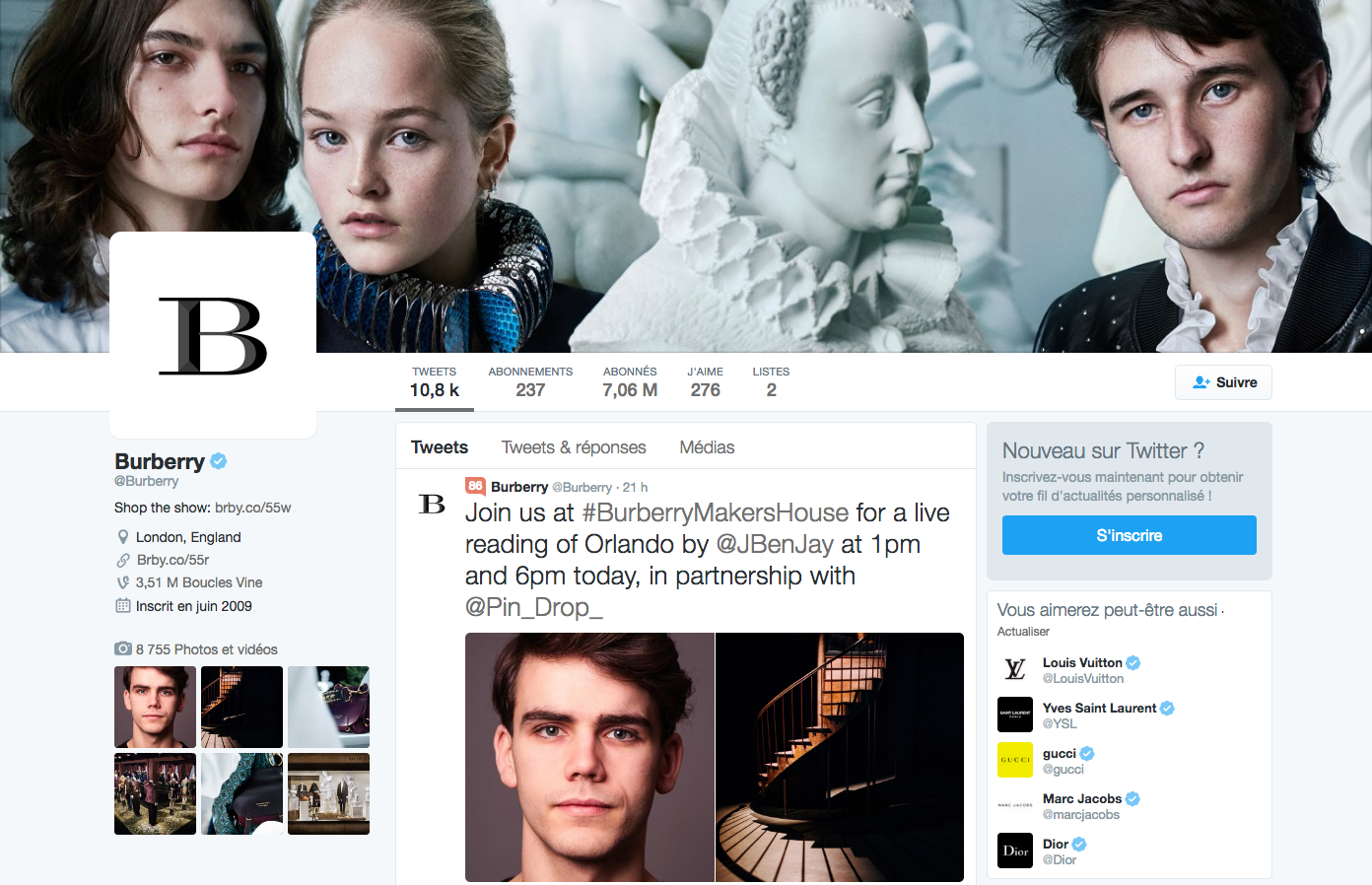
Burberry’s Twitter account – September 28, 2016
Other Social Marketing Efforts
Burberry have always been very comfortable on the leading edge of digital marketing, breaking ground where many other luxury brands feared to tread. They were one of the first major brands to experiment with Snapchat, using it for nothing less than a seasonal product launch. They are currently one of the first brands to use the new Messenger Codes – a new QR code type portal for Facebook Messenger.
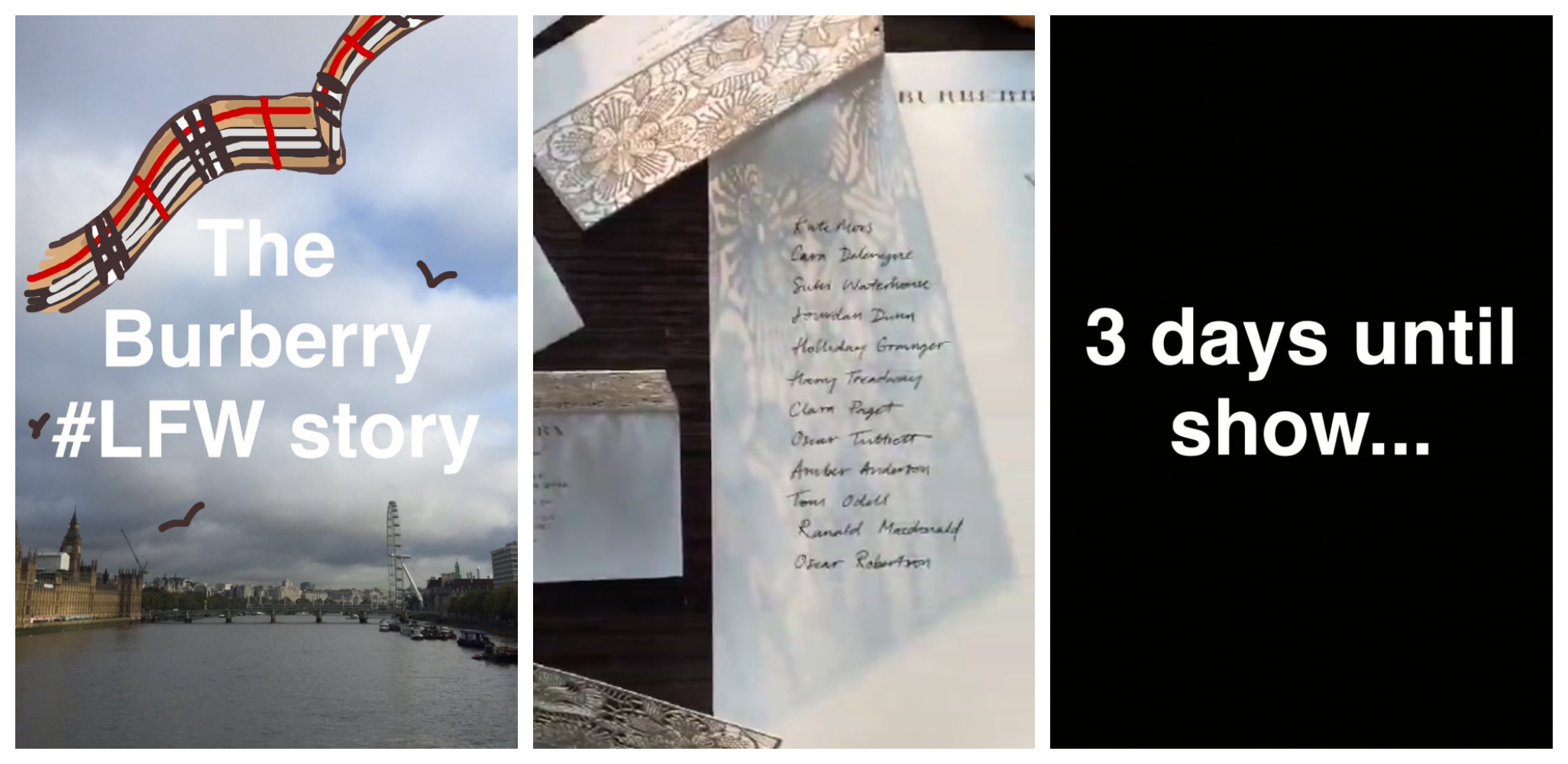
One of the company’s most successful social campaigns was initially not intended to spread to social networks at all. Art of the Trench – a 2009 mini-site that collated photos of customers wearing their Burberry trench coats – became so popular that the company expanded it to Facebook, Instagram, Twitter and even Pinterest, using hashtags such as #ArtoftheTrench and #AOTT to spread the word. This campaign truly kickstarted Burberry’s social strategy, adding millions of followers across a host of social accounts.
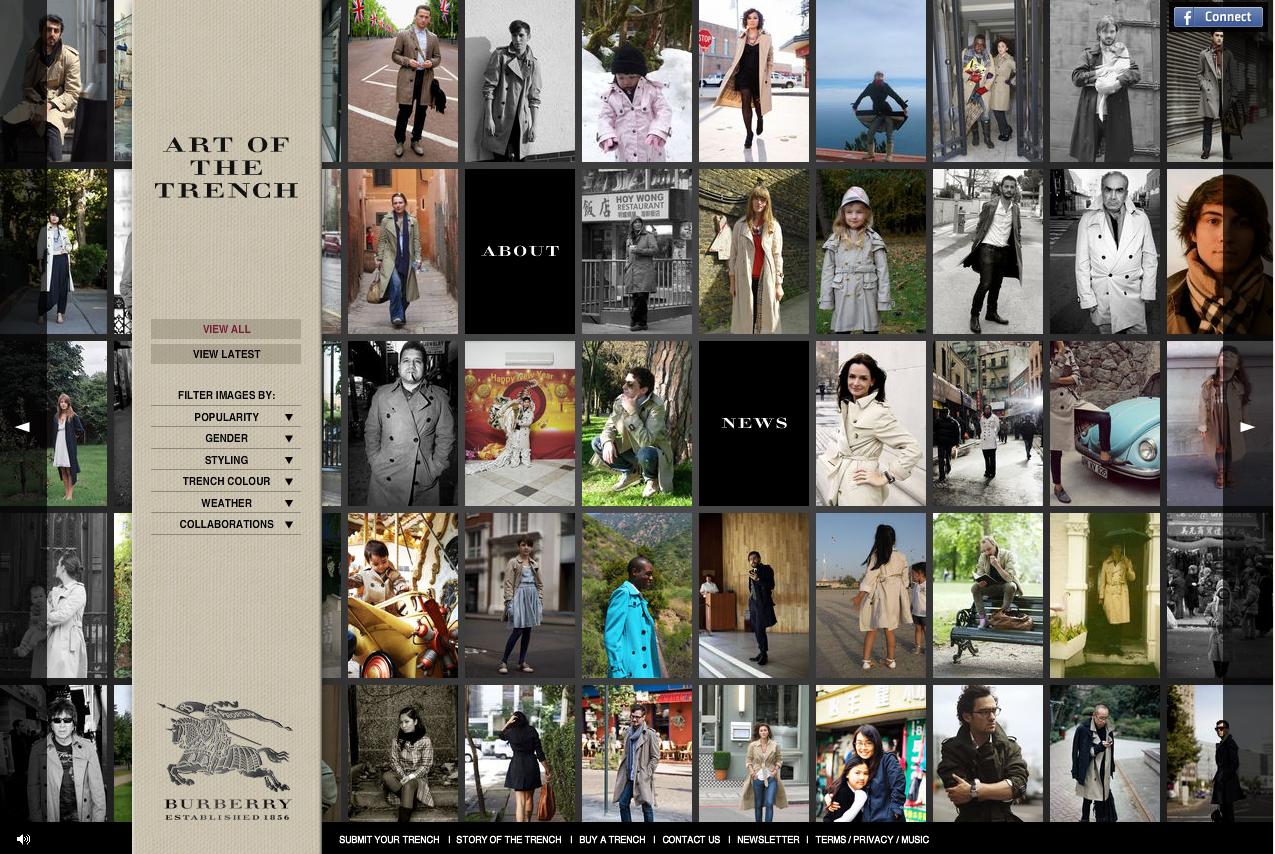
So Where Does Burberry Sit amongst Luxury Brands in Social Media?
Burberry’s early commitment to digital marketing, and their willingness to try new and exciting marketing avenues, has undoubtedly positioned the company as the pre-eminent luxury brand on social media. The numbers speak for themselves – by the time CEO Angela Ahrendts left in mid-2014, share value had trebled since 2006 (to £7 billion), and Burberry enjoyed the greatest combined social followership of any luxury brand.
While other brands like Chanel have since overtaken Burberry in terms of raw followership numbers, it’s fair to say that this is purely off of the back of brand recognition, rather than doing social better than Burberry does. One small critique would be a lack of engagement with their audience, although the Art of the Trench campaign does show that they can certainly encourage engagement from their fans, albeit more indirectly than replying to messages.
That aside, Burberry’s understanding of each social platform’s strengths, combined with their beautiful content and their digital innovativeness, firm them as the leading digital luxury brand in the world. They’re well on their way to fulfilling that promise made back in 2006.
A Great Way To Stand Out In Social Media
A good way to enhance your brand’s visibility is to embed all of your social networks at once into your website. A social wall allows you to gather every social media post into one digital wall thanks to a hashtag. One wall to rule them all 🙂
Engage your audience in a new way with our Social Timeline template, like this perfect example:




